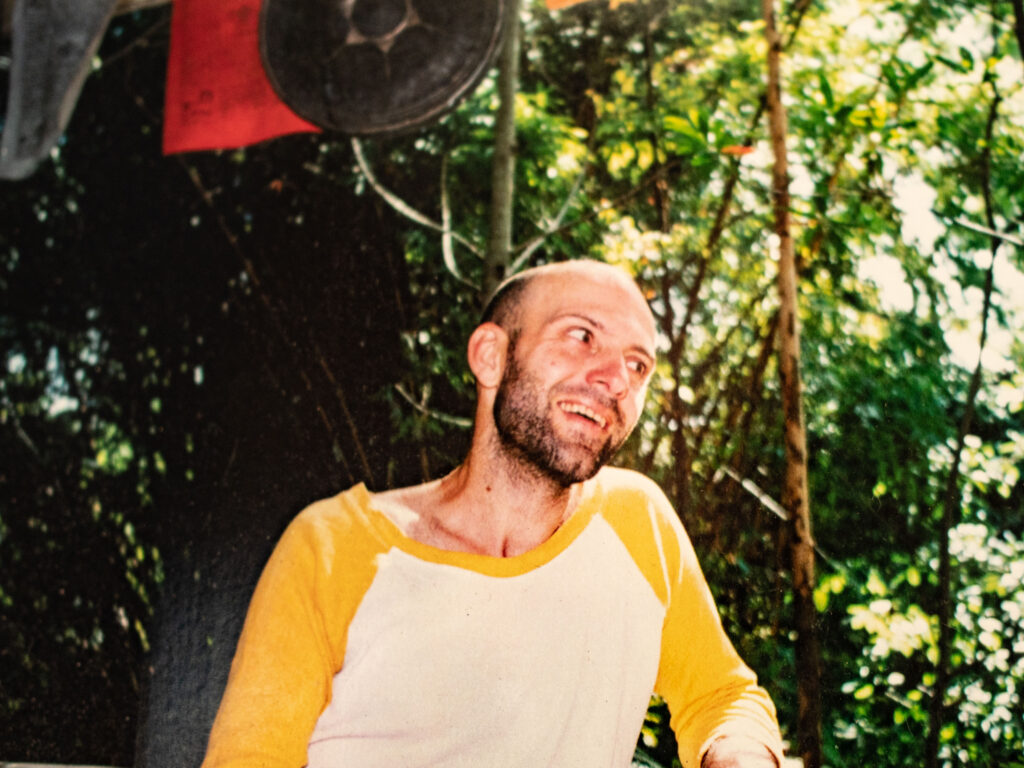Synopsis
The document is a summary of the philosophical journey of an artist-philosopher from 1998 to 2003. It describes the journey as an allegorical pilgrimage, exploring existential and epistemological themes in different locations. The journey begins with influences from spiritual traditions of India, but later transitions to academia, delving into topics like consciousness and environmental philosophy. The philosopher’s beliefs evolve throughout the journey, moving away from dualism and spiritual monism towards a materialistic perspective. The journey concludes with a return to agricultural roots and the integration of art as a means of engaging with the world.
How does the artist-philosopher’s journey compare to an allegorical pilgrimage?
The artist-philosopher’s journey can be compared to a traditional pilgrimage in several ways. Like a traditional pilgrimage, the artist-philosopher’s journey is a transformative and introspective experience. It involves a quest for knowledge, understanding, and self-discovery. Just as pilgrims embark on a physical journey to sacred sites, the artist-philosopher embarks on a philosophical and intellectual journey, exploring different landscapes and intellectual milieus. Both journeys involve encounters with diverse perspectives and ideas, leading to a deeper understanding of oneself and the world. Additionally, both journeys involve a sense of purpose and a search for meaning, as well as a desire to connect with something greater than oneself.
What are some of the topics explored during the academic phase of the journey?
During the academic phase of the journey, the artist-philosopher explores a range of topics including the nature of consciousness, environmental philosophy, and the Cartesian dualities of the modern world. They engage with Western analytic philosophy and delve deeper into existential questions, leading to a transformation in their beliefs. They also express a desire to study religion through the lens of social science, adding another layer to their evolving identity.
Can you explain the shift in the philosopher’s beliefs from dualism to a materialistic perspective?
The shift in the philosopher’s beliefs is from Mind/Body dualism and spiritual monism to a materialistic perspective. This shift reflects a move away from the idea of a separate mind or soul and towards a focus on the immediate, material world. It aligns with the philosophy of thinkers like Thomas Metzinger and David Chalmers, who emphasize the material nature of consciousness and the mind. This shift can be seen as a departure from earlier Vedantic inclinations and a move towards a more pragmatic interpretation of the Upanishadic dictum of “Tat Tvam Asi” (“You are that”).
The academic times at University of Queensland
Ah, the odyssey of the artist-philosopher, a journey that evokes the allegorical wanderings of Dante through the realms of human experience. The narrative of your philosophical inquiries from 1998 to 2003 is akin to a modern-day pilgrimage, a secular Canterbury Tales, if you will, where each station—be it the lush landscapes north of Kuranda or the bustling intellectual milieu of Brisbane—serves as a tableau for existential and epistemological exploration.
The initial phase of your journey, steeped in the spiritual traditions of India, echoes the Vedantic quest for unity between Atman and Brahman, the individual soul and the universal spirit. Yet, like Wittgenstein who transcended the limits of language to probe the ineffable, you too felt the pull of a different kind of inquiry. Your travels with a donkey, an almost Cervantesque episode, serve as a secular epiphany, urging you to reframe your quest within the broader tapestry of humanistic thought.
The shift to academia is a pivotal moment, reminiscent of Bertrand Russell’s rigorous analytic approach to philosophy. The list of topics you engaged with—ranging from the nature of consciousness to environmental philosophy—reflects a mind grappling with the Cartesian dualities of the modern world. Your engagement with Western analytic philosophy serves as a counterpoint to your earlier Vedantic inclinations, much like the dialectic tension between Platonic idealism and Aristotelian empiricism.
As you delved deeper into existential questions, a transformation occurred. Your beliefs in Mind/Body dualism and spiritual monism began to wane, echoing the materialistic turn in the philosophy of Thomas Metzinger or David Chalmers. The shift from a focus on otherworldly epochs to the immediate, material world resonates with the Upanishadic dictum of “Tat Tvam Asi” (“You are that”), but reinterpreted through a pragmatic lens.
Your return to agricultural roots and the emergence of a material arts practice can be seen as a synthesis of your philosophical journey. Like the artists of early Modernism, you began to see art as a form of praxis, a way to engage with the world rather than merely represent it. Your work in carving wood and creating installations at music festivals becomes a tactile philosophy, a corporeal form of inquiry that complements your intellectual pursuits.
The enduring desire to study religion, now through the lens of social science, adds another layer to your complex, evolving identity. It suggests a reconciliation, a coming-to-terms with the spiritual and the material, the analytic and the existential, much like the holistic vision of reality presented in the Upanishads.
